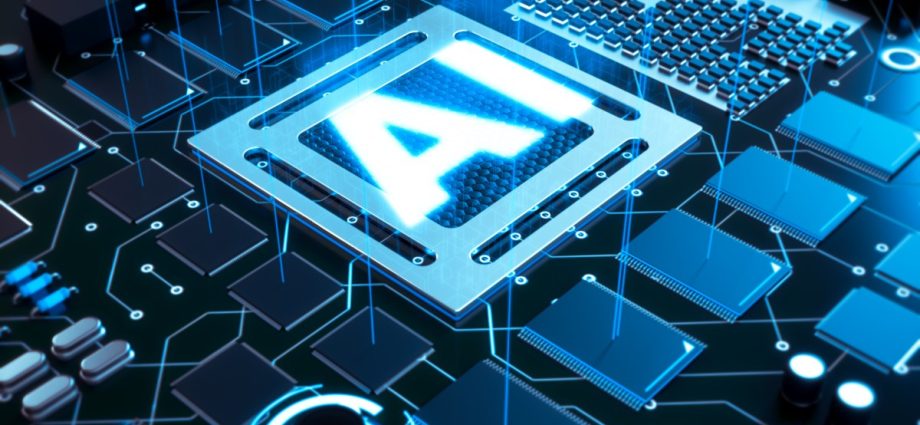
Job loss caused by new technology is a constant in the history of industrial development. Innovations make obsolete some industrial activities while creating new ones – creating winners and losers.
Such changes are unpopular among those affected. Some examples of resistance were violent. A famous example is the resistance to new textile technology in Great Britain in the early 19th century that eliminated the jobs of some of the most skilled textile workers, which led the destruction of new equipment – to no lasting effect, as mechanization continued.
Machines continue to replace workers and at the same time create new, more sophisticated jobs that add more value than the jobs replaced by machines. And automation continues because it drives economic value creation that benefits society at large. A visit to a modern production plant will quickly show how robots have replaced manual workers with people operating computers.
Enabling these transformations are, of course, computers and new communications systems. Computers and new software have been creating and destroying jobs for many years. But new technology, with highly visible benefits, has been taken for granted as an obvious “good thing.”
But now we have reached a new stage, with dramatic advances in AI (artificial intelligence) technology, as demonstrated by ChatGPT, software recently released by Microsoft. What caught public attention is that the technology demonstrates the software’s ability to produce remarkable documents and respond well to questions based on massive storage of data.
‘Thinking’ robots?
Such results look like robots with human characteristics. This drew enormous public attention as well as fear, leading to demands for government controls placed on the AI technology to limit its “dangerous” applications.
Are robots finally “thinking like humans?” Such results immediately set off predictions of the massive replacement of lawyers and many other workers. An analysis by Asia Times’ David Goldman, “The great chatbot bubble,” suggests that the near-term potential of the technology has been overstated.
We now have smarter robots, but they have been getting smarter for a long time.
Robots are not humans. Human intelligence is the combination of many skills. Acquiring and applying knowledge and reasoning to solve problems are not quantified is a key human characteristic. The ability to discover related connections is a source of invention. Above all, human intelligence can deal with solving problems where related information is ambiguous.
The history of industrial development is that employment patterns adapt to enable ever more sophisticated functions. As machines replace humans, new jobs emerge, enabling new products and services hitherto impractical. Just look at the low US unemployment in recent years in the face of growing economic sophistication.
Ultimately, robots are machines that perform functions that they are trained to do. The software cannot reliably quantify uncertainty, and human involvement is needed.
For example, in medical applications where computers are tasked to read images such as X-rays, radiologists are needed to view and judge the importance of certain features in correlation with other features. The possibilities are infinite; hence human judgment and experience are essential.
Robots will remain our tools, and any ideas for controlling AI technology through regulations will remain speculative.
Henry Kressel is a technologist, inventor, author, and long-term private equity investor.

